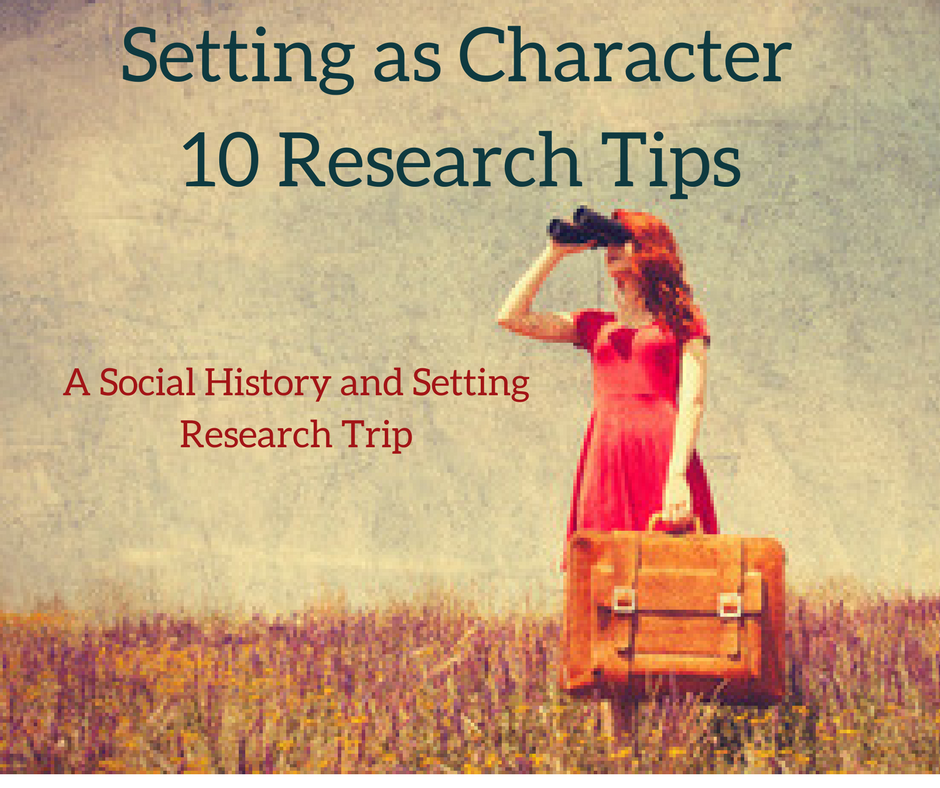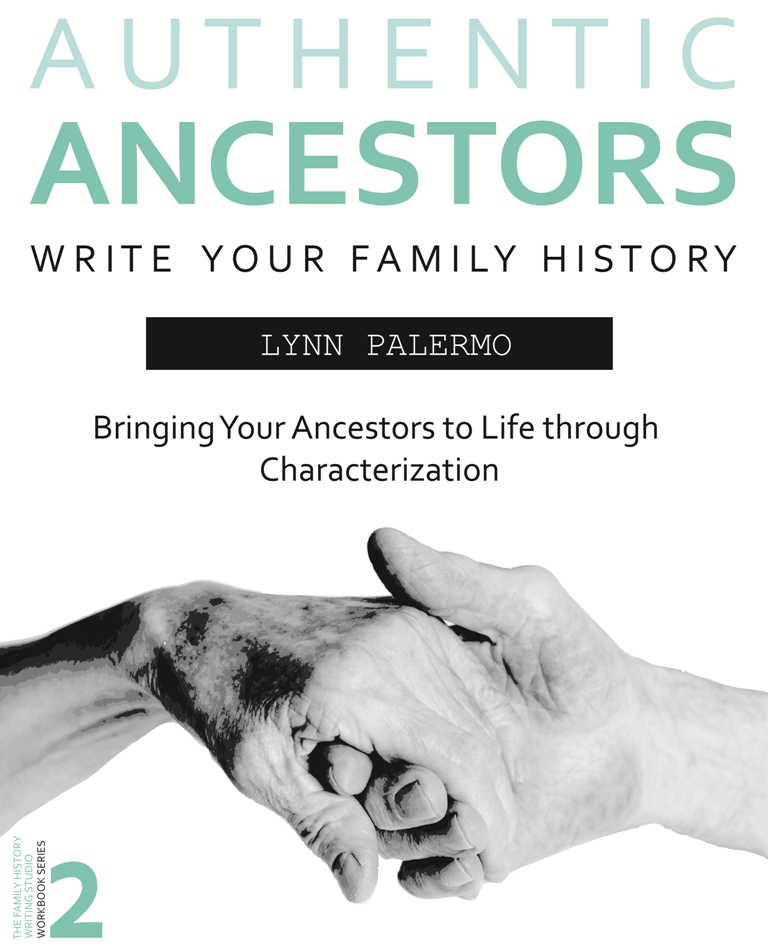Fleshing Out Your Ancestor’s Character
3 thought on “Fleshing Out Your Ancestor’s Character”
Comments are closed.
Related Post

Goals, Motivations and StakesGoals, Motivations and Stakes
You’ve chosen your Protagonist Ancestor, and now it’s time to structure his or her story in a format that will keep your readers entertained and engaged from beginning to end.
Every main character in a story has a goal that is ultimately the heart of the story. A reader stays with a story to see if the main character reach their goal. Your ancestor’s goal is motivated by something in their life, usually in their history, an experience, or event that may of had a substantial impact on them and their actions. In addition, if they didn’t achieve their goal, they fear a loss. It could be an external loss such as in a material item, money or land, or even the loss of life, or it could be internal losses, such as respect or honour.
Before you begin to write your story, it’s important to recognize the goals, motivations and stakes of your ancestor. They are critical to not only understanding them but also in shaping their story.
I love these next three questions because by answering them you not only identify your ancestor’s goals, motivations and stakes but you understand how they relate to each other.
GOAL – WHAT DOES YOUR ANCESTOR WANT?
MOTIVATION – WHY DOES YOUR ANCESTOR WANT IT?
STAKES – WHAT HAPPENS IF YOUR ANCESTOR FAILS TO GET WHAT HE WANTS? WHAT WILL HAPPEN? WHAT COULD HAPPEN IF YOUR ANCESTOR HAD FAILS TO MEET HIS GOAL?
Let’s look at each of these elements individually.
Goal – There are any number of material and or emotional desires we seek; these are our goals. Your family history story needs a goal, which means your Protagonist Ancestor needs a goal. Where do I find the goal of my ancestor? Look at the actions in their lives. Look at the events on their timeline, did they emigrate, why? Did they own a great deal of land, did they fight in a war, did they become famous, or influential in politics, did they have a large family? Our ancestor’s actions are clues to what they valued in life, their goals, the wants or desires that they put most of their effort towards.
Does your ancestor want something so badly that they are prepared to destroy or be destroyed to attain this goal? To make sacrifices? To take risks? Did they join the army because they believe in the cause? Did leave the country because they didn’t support the cause?
Of course, not all goals are created equally, the bigger the goal, the bigger the story, the bigger the story, the more compelling the read. Try to find a goal that you feel will provide a big story that will engage your family. Stop thinking of your family history as a chronological timeline of events, but rather a desire, a want, with obstacles to overcome on the path to it.
Motivations – Once you’ve determined the purpose of your story, the next step is to understand their motivation. Why did your ancestor have this particular goal? Each and every human being who walked this earth had wants, desires that were driven by a motivation. Through your research, you wish to understand what that motivation may be. For example, if your ancestor’s goal was to own land, what in their history, their past motivated that desire? Look at motivation as the back story to the want.
Stakes – What happens if your ancestor does not fulfill his goal? The stakes are why we keep reading, if there is nothing at stake, no risk then there is little reason to keep turning the page. Of course, not all stories are life-or-death. Again big stakes produce significant stories. While the risks may not necessarily be life or death, our ancestors faced some very real stakes. For example – war, poverty, deportation, inscription, jail, poorhouses are only a few of the outcomes that may have occurred if they had not taken actions towards their goals.
Identify the goals, motivations and stakes of your ancestor and you have identified the heart of their story, along with the elements on which to shape your family history story plot.

Setting as Character – 10 Research TipsSetting as Character – 10 Research Tips
When beginning any family history story, we look carefully at our ancestors as we attempt to understand and describe them for our reader. We develop an ancestor profile of them drawing details out of our research so that we can bring the most authentic ancestor to the page for our readers.
The same can be said for the setting of our family history story. The setting can be a character in our story. If we treat the setting like a character, we are more likely to bring that setting to life for your reader in a big way, in a way that adds to the story. However, before that can happen, we must complete some in-depth research.
It’s important to take the time to get to know your ancestor’s world. It’s not enough just to know the year and location of your story. We need to know details about the setting to bring the personality of the setting to the page. If there are several settings in your story, then it’s necessary to give this in-depth attention to all of them. Our goal is to be able to give the story setting a heart and soul, and for the writer to be able to show how the characters in our story are influenced by the setting.
When we take the time upfront to create not just a setting but an atmosphere we accomplish two things: first the reader will feel connected to your story; and second, the setting and your ancestor will feel more real, authentic, and understood through the descriptions and details of their surroundings.
The setting can also have a significant influence on your ancestor and their backstory. Was the setting a friend or foe to your ancestor? Did it change their behaviour and choices?
The setting comes alive partly in its details and partly in the way that our ancestor experiences and interacts with their surroundings and what is going on around them. Together they deliver a sense of place.
When we head out to research the setting of our family history story, consider the following 10 tips to better recreate the most specific and telling setting in our story.
No. 1
Look for the essential features of the location as you begin your research. The obvious physical attributes of the place, amenities, landmarks, gathering spots, etc. The more specific the details the more authentic the story feels.
No. 2
Keep your eyes open for major and concrete and specific details of the houses, the roads, the weather.
No.3
Look for what is remarkable about the setting and what is not in the surroundings. Are there things that are common place to the setting and yet other things that stand out and not common. It is the uncommon features that make the setting unique and memorable.
No. 4
Consider the history of the setting and how its back story may have influenced its current personality. Just like characters in a story, settings can have a back story, a history that occurred before your ancestor arrived. That history may strongly influence its personality and behaviour.
No. 5
Who are the major personalities in the setting? Whether your setting is a town, street, etc. there are often major personalities who inflict their thoughts and ideas on to the setting. How do they contribute to its history and how the town thinks and acts? In my story, there are two major town personalities who conflict to be the town leader and major influence. The personalities in the setting can greatly infect your ancestor’s thinking.
No. 6
Consider the local culture. What cultures make up this setting how are they reflected in the environment. What flavour and uniqueness do they bring to the setting. How do we see, hear, smell, touch and taste these cultures in our setting? Where does your ancestor stand within the cultural context of the setting? For example, the culture of my setting includes Irish, Scots and Germans.
No. 7
Is there a socioeconomic divide within your setting? How and why? Where does your ancestor stand within that divide? Are they on the right-side or wrong-side of the tracks?
No. 8
What is the political makeup of the setting and where does your ancestor position himself within that framework? For example, in my current story, there is a clear political divide between the Irish Protestant and the Irish Catholics. An age-old conflict carried over from the old country.
No. 9
It can’t be overstated the importance of specificity in your setting. Look for specific names and details of the setting. Use street names of local businesses that exist in that area. For instance, my ancestor visits a general story on a regular basis. Don’t just call it the general store. What is the name of the store, who operates it, what sits in its front window? What types of items would be in this store at this time? What would my ancestor have bought there? The more specific the details, the more realistic your story becomes.
No. 10
Consider the location of your setting—weather, climate, geography, topography. Does this place create physical conflicts for your ancestor? For instance, the roads in my ancestor’s story present a challenge for my ancestors. As well, the town is built on swamp land so mosquitos present a challenge as does stepping outside your door and being met with wolves. On the plus side, the deer are plentiful. These are all important to our ancestor’s day to day challenges and how they interact with their setting and how their surroundings influence them. Does the weather, geography or topography of the setting make your ancestor’s life easier or harder?
Research your setting with the same care and detail you research your ancestor. Find the personality of the setting. How does this setting influence both to you as a writer and to your ancestor?What is the meaning of the setting? This meaning may become significant in how you portray the setting in your story, as an ally or antagonist and may offer some help in developing your theme. You also will want to consider how your ancestor’s position within the setting and local community affects their evolution and journey throughout the story?

Oh my goodness. I totally forgot I had your book, Authentic Ancestors! I just pulled it out and see I have many pages flagged. Wow! It has been a few years since I first bought it, so it is new to me again. THANK YOU! Best wishes to your niece’s family. I have to hurry now to check out Authentic Ancestors!
This is all well and good, but how do you do that for colonial ancestors for whom you know only location, marriage, children, occupation, etc. I know my ancestor traveled south in Virginia away from his brothers, married before he moved, had several children who married children from their new community. He was a farmer, probably participated in the revolutionary war, though I have no proof other than a mention of a uniform one of his children retained. That’s the sum total of what I know. I have no knowledge of physical characteristics. He was a farmer, not plantation owner as far as I can tell, in Virginia through much of his life. He was a risk taker since he moved away from his brothers and their families, but didn’t move beyond that.
He is not the only one I have that has minimal information like that. They didn’t seem to be public officials, etc.
Thank you…I enjoyed it!